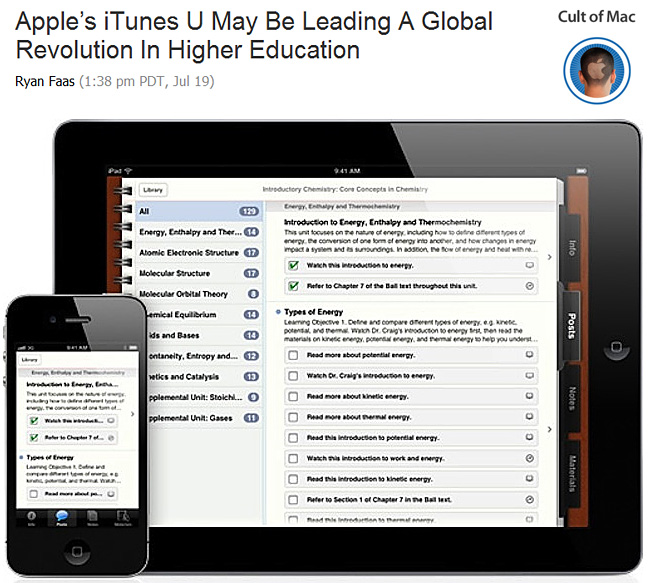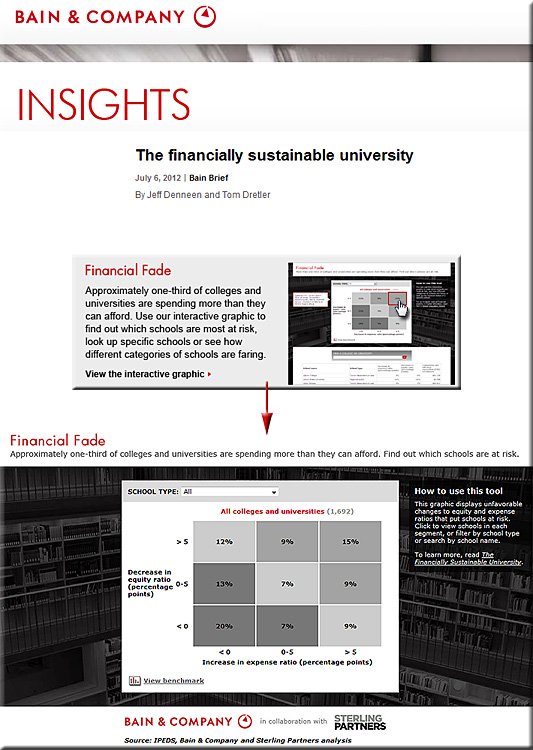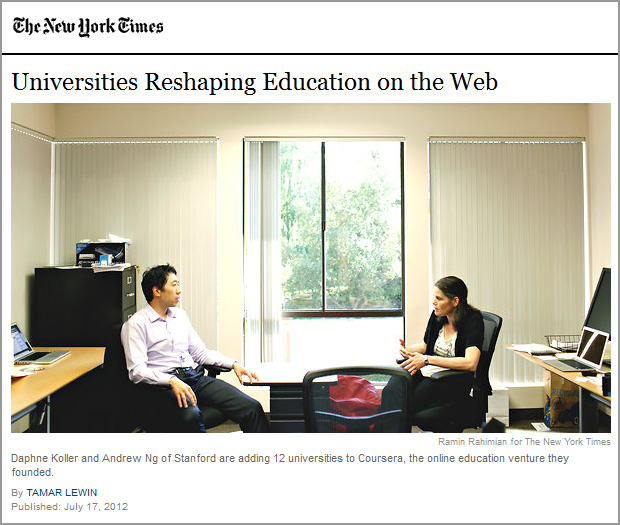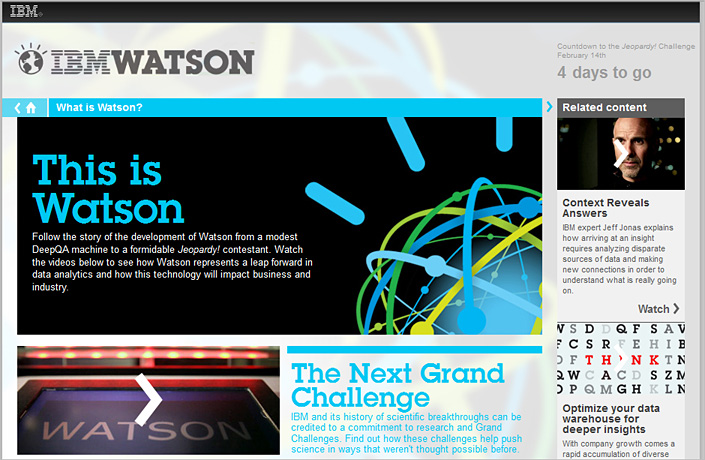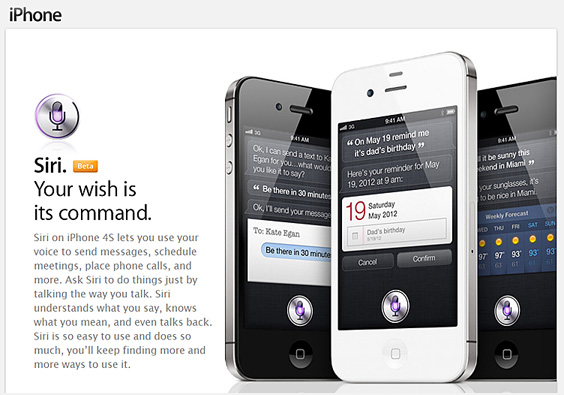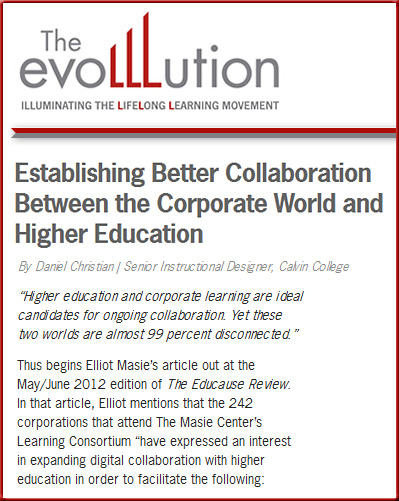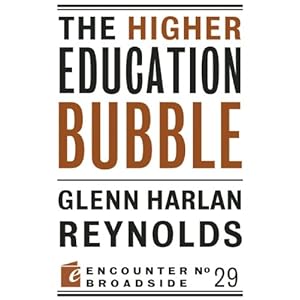From DSC:
My cousin helps Fortune 500 companies innovate and deal with change management-related issues. Something he once said is rather haunting to me now…
“Often when organizations start feeling the pain, it’s too late at that point.” (Think Blockbuster, Kodak, Borders, and many others.)
So that has been the question I’ve been pondering these last couple of years — are we already too late to the game?
Public universities see familiar fight at Virginia — from the NYT by Tamar Lewin on 6/25/12
Excerpt (emphasis DSC):
The tumult at the University of Virginia …reflects a low-grade panic now spreading through much of public higher education.
…
But the 10-point outline she offered — listing state and federal financing challenges, the changing role of technology, a rapidly changing health care environment, prioritization of scarce resources, faculty workload and the quality of the student experience, faculty compensation, research financing and the like — was almost generic, and would have applied to nearly every public university in the nation.
Rebuilding Mr. Jefferson’s University — from insidehighered.com by Kevin Kiley
Excerpt (emphasis DSC):
In a statement before the vote, Dragas said the events of the past two weeks have actually unified the campus around a series of questions it needs to address. “Prior to these events, there seemed to be a roadblock between the board’s sense of urgency around our future in a number of critical areas, and the administration’s response to that urgency,” she said. “Also, many of our concerns about the direction of the university remained unknown to all but a few. This situation has now keenly focused the attention of the entire university community on the reality and urgency of the specific challenges facing the university – most of which, once again, are not unique to U.Va. – but whose structural and long-term nature do require a deliberate and strategic approach.”
University of Virginia: Only the Beginning — from The American Interest by Walter Russell Mead
Excerpt (emphasis DSC):
What we see at UVA this month is just a foretaste of the storm that is coming — a few early raindrops and gusts of wind before the real storm hits. The country needs more education than the current system can affordably supply, and the pressure on the educational system will not abate until this problem is resolved.
Fixing college — from the NYT by Jeff Selingo, editorial director at The Chronicle of Higher Education, who is writing a book on the future of higher education
Excerpt:
Other information industries, from journalism to music to book publishing, enjoyed similar periods of success right before epic change enveloped them, seemingly overnight.We now know how those industries have been transformed by technology, resulting in the decline of the middleman — newspapers, record stores, bookstores and publishers.
Colleges and universities could be next, unless they act to mitigate the poor choices and inaction from the lost decade by looking for ways to lower costs, embrace technology and improve education.
Ousted Head of University Is Reinstated in Virginia — from the NYT by Richard Perz-Pena
Excerpt (emphasis DSC):
CHARLOTTESVILLE, Va. — Facing a torrent of criticism, the University of Virginia trustees made a stunning turnabout on Tuesday, voting unanimously to reinstate the president they had forced to resign over concerns that the university was not adapting fast enough to financial and technological pressures.
![The-Living-Class-Room-Daniel-S-Christian---July-2012 The Living [Class] Room -- by Daniel Christian -- July 2012 -- a second device used in conjunction with a Smart/Connected TV](http://danielschristian.com/learning-ecosystems/wp-content/uploads/2012/07/The-Living-Class-Room-Daniel-S-Christian-July-2012.jpg)










